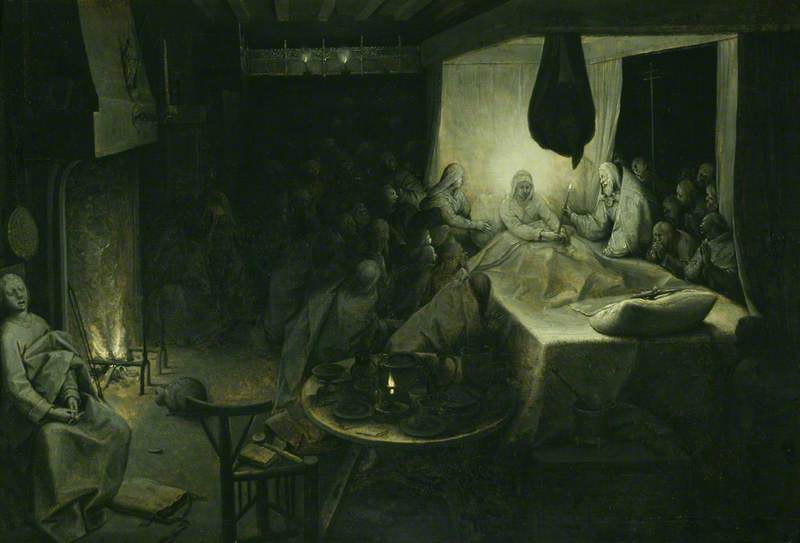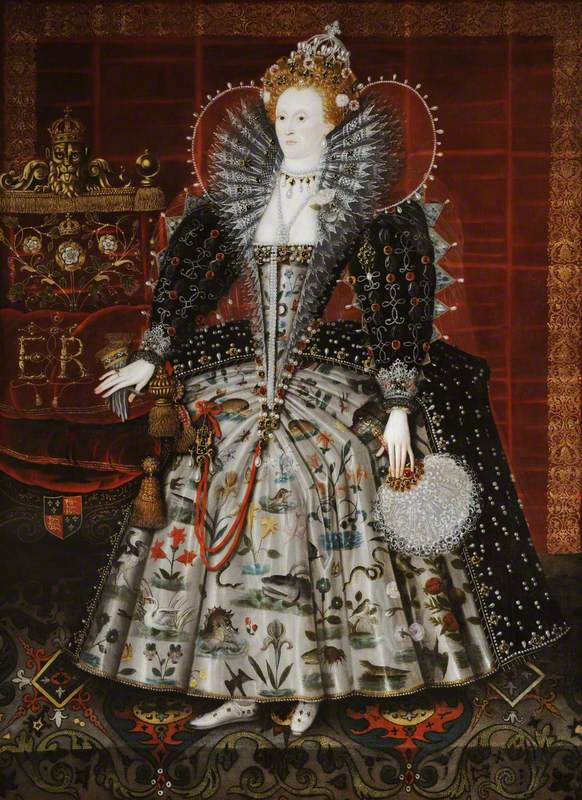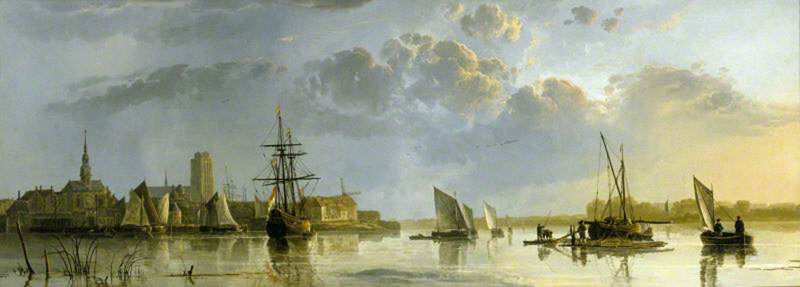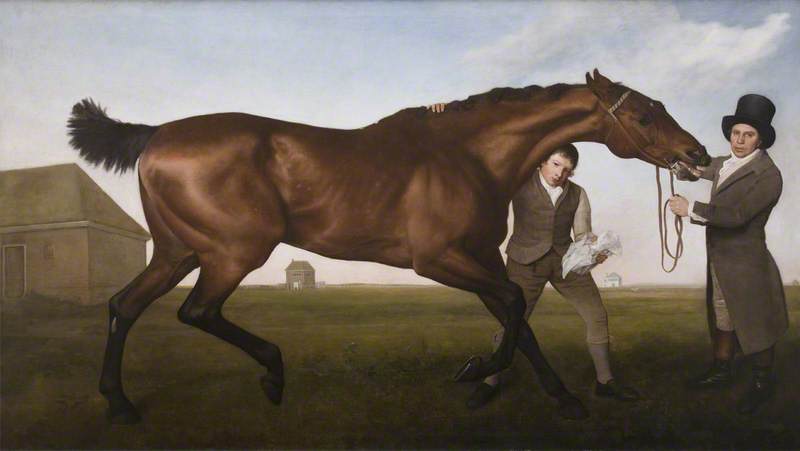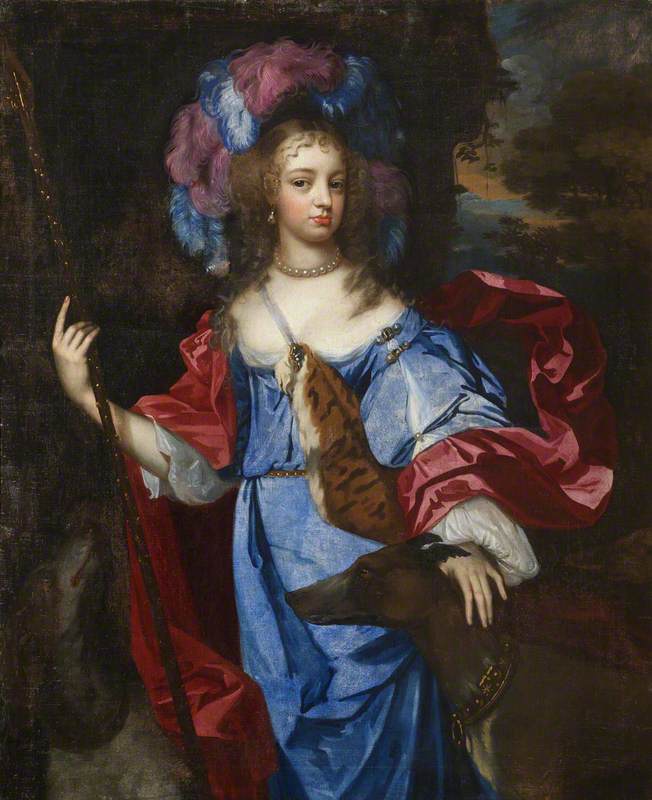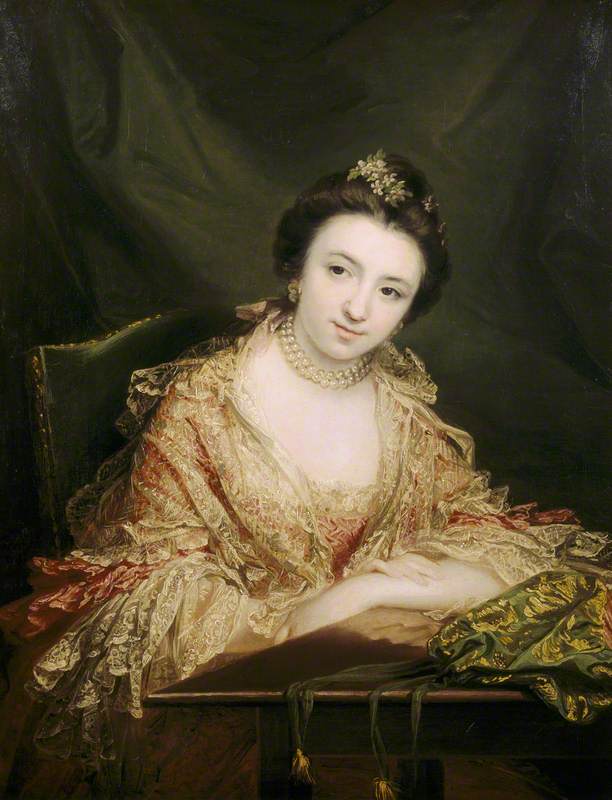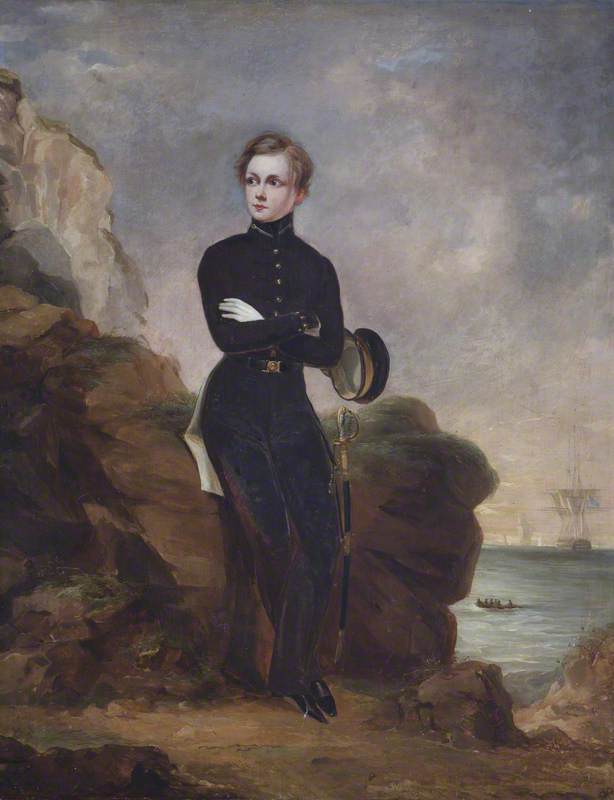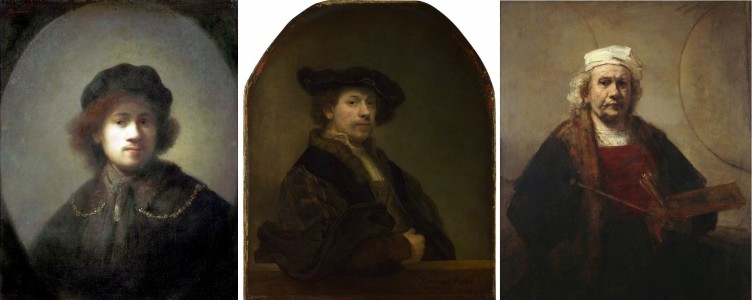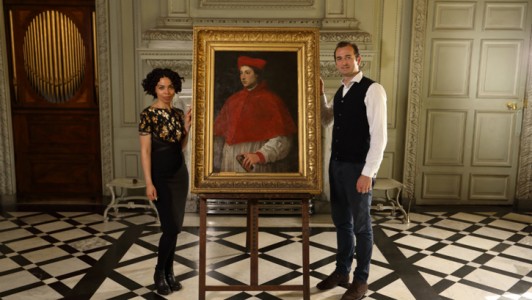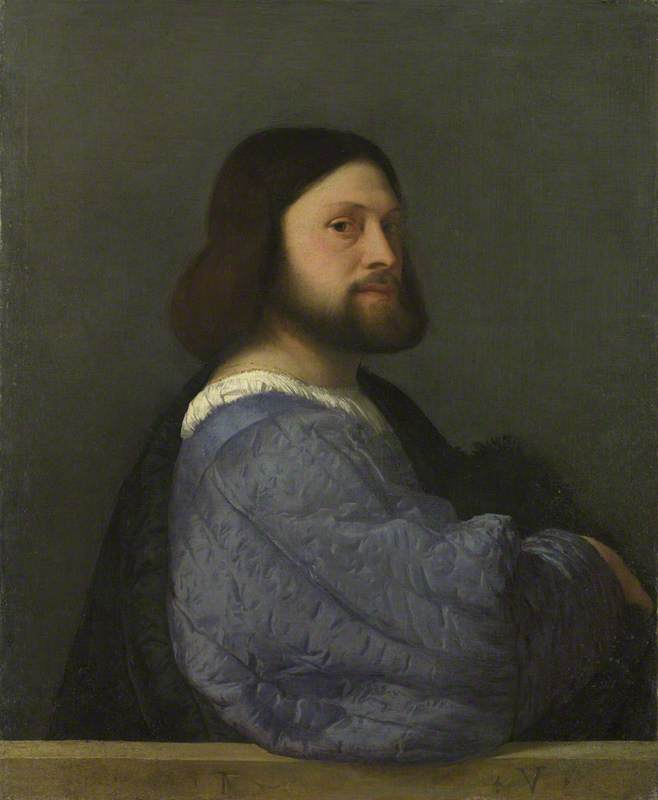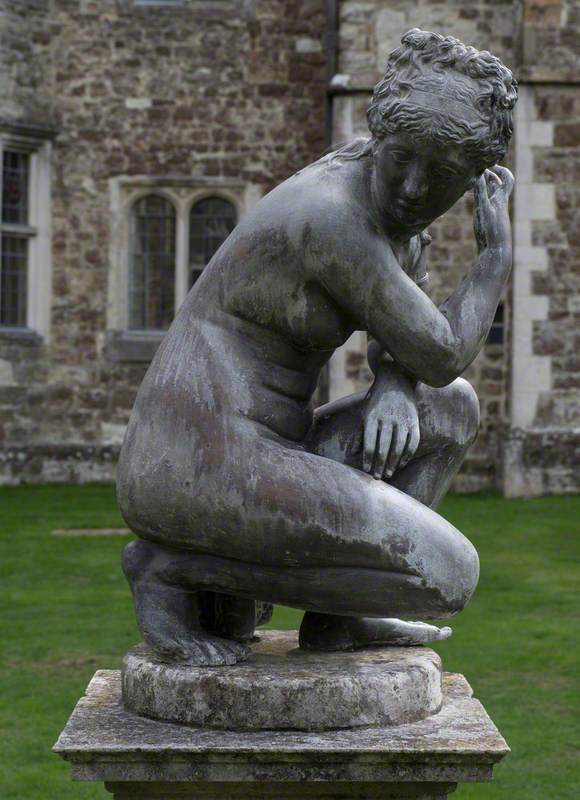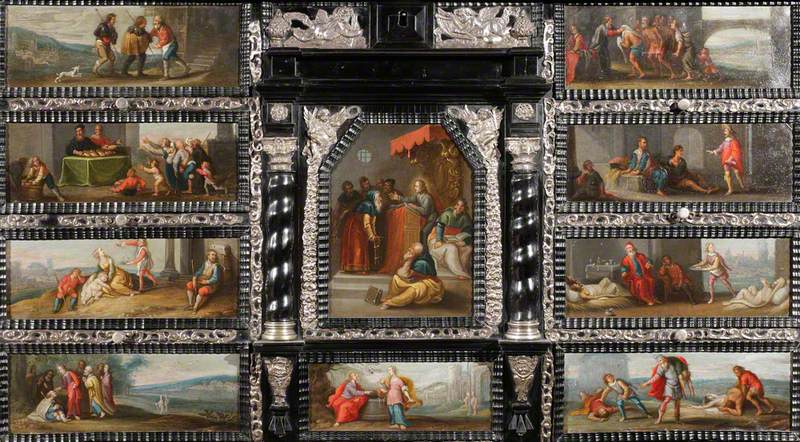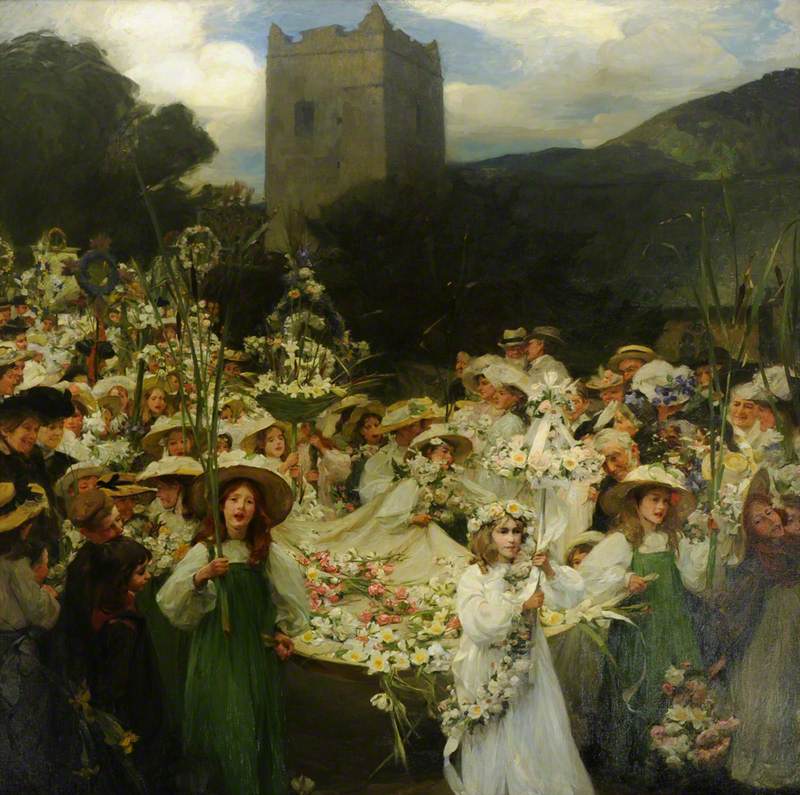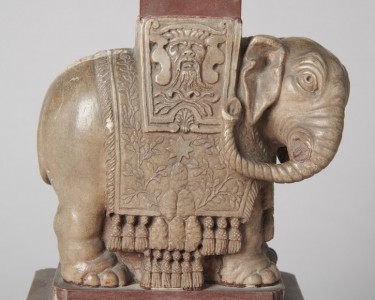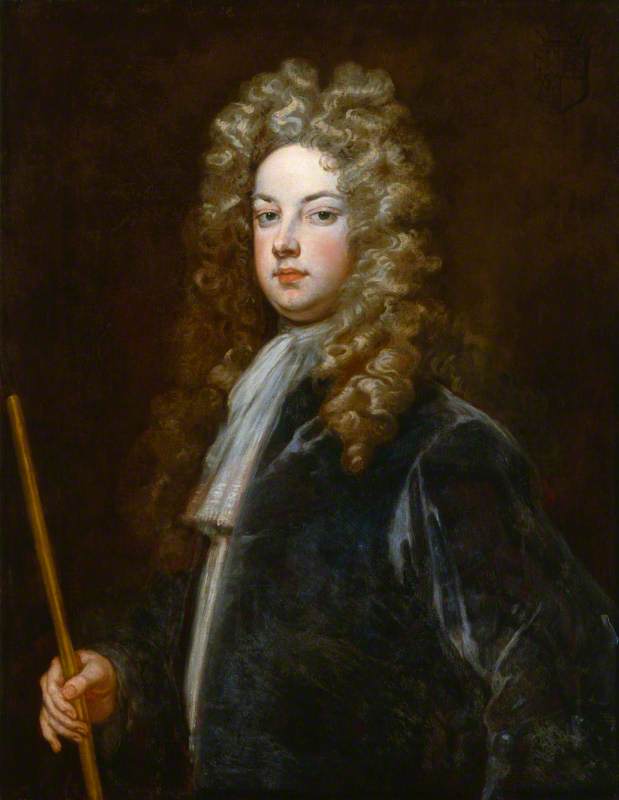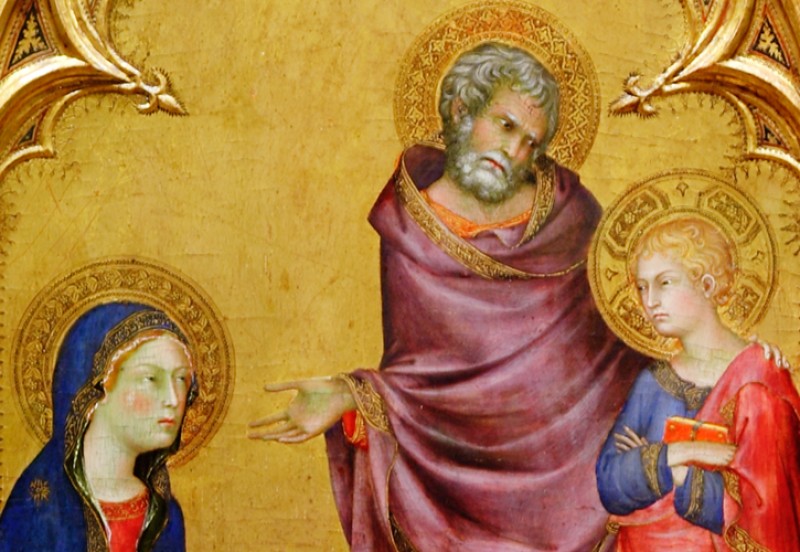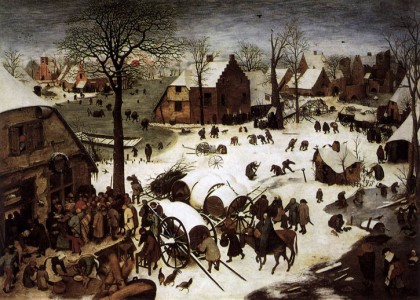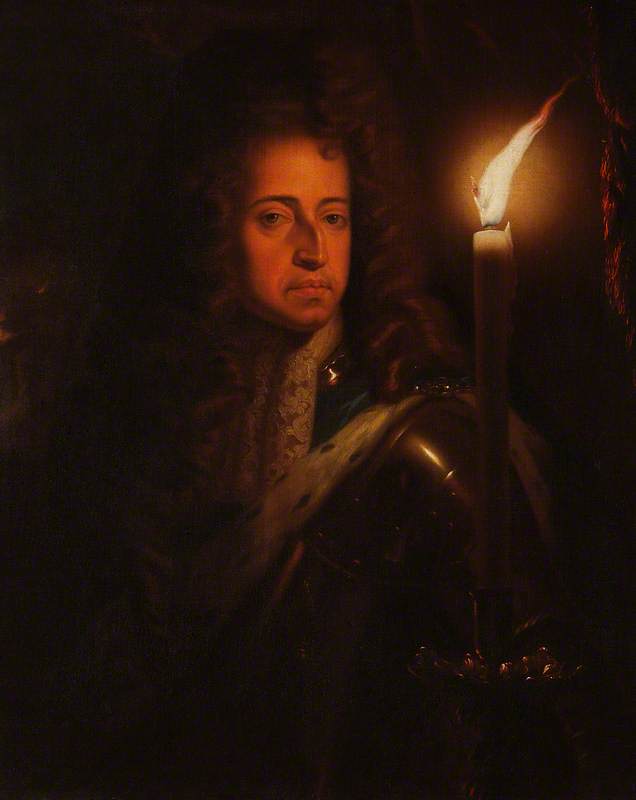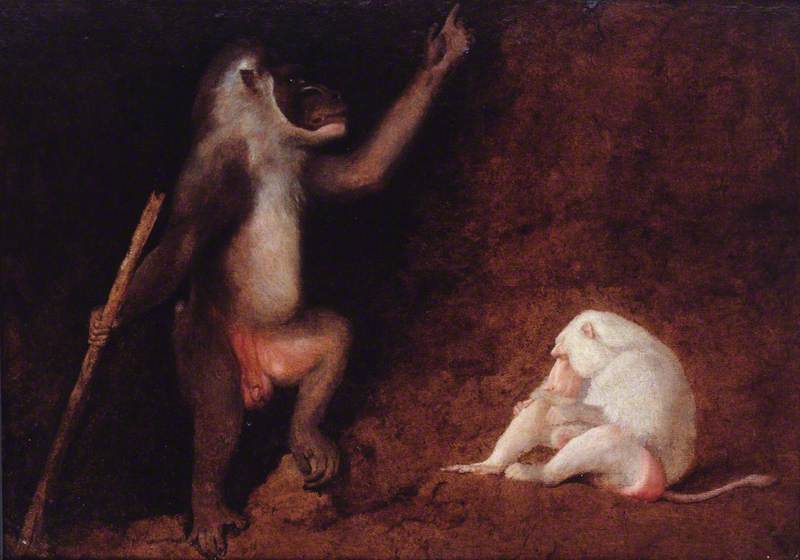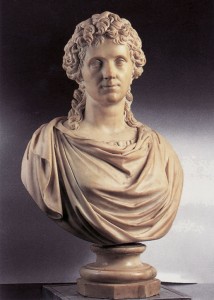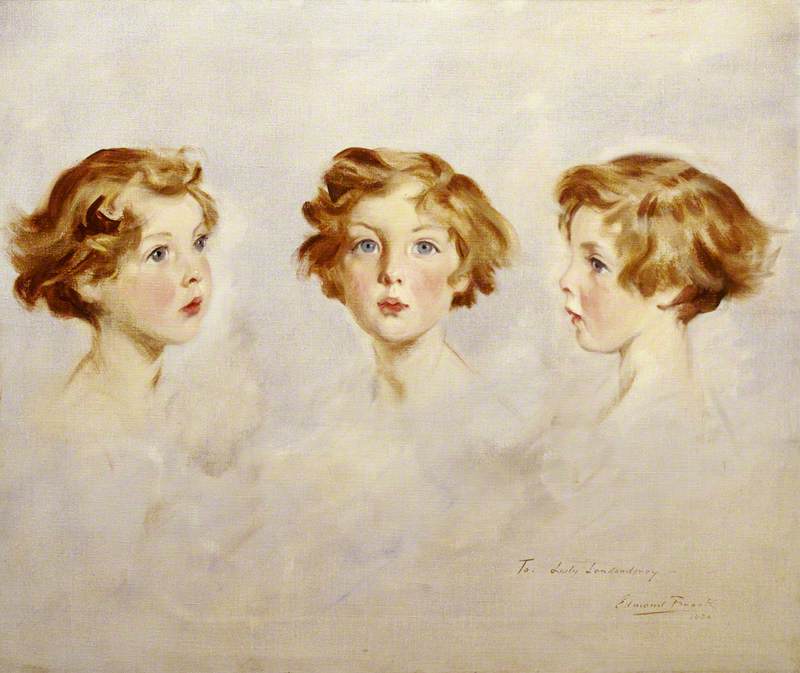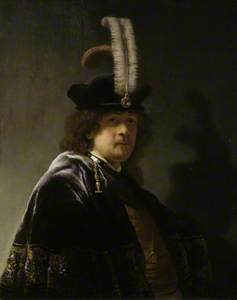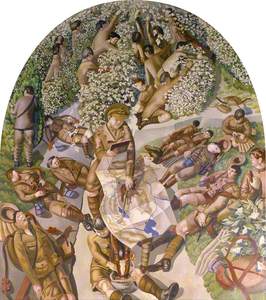The National Trust looks after more than 13,000 oil paintings at over 200 historic houses across England, Wales and Northern Ireland – the largest number of any organisation in the UK. This vast collection includes a treasure trove of masterpieces dating from the fifteenth to the twentieth centuries.
David Taylor, Curator of Pictures and Sculpture at the National Trust, presents his selection of the top masterpieces from the collections.
1. The Adoration of the Magi
The Adoration of the Magi
(triptych, centre panel) c.1495–1500
Hieronymus Bosch (c.1450–1516) (and workshop) 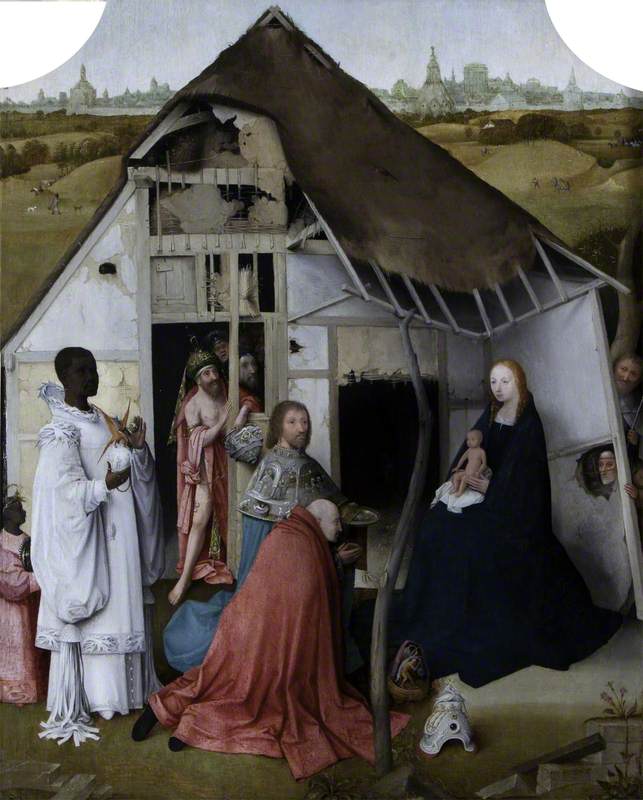
An uncanny mixture of the celestial and the sinister is very much on show in the central panel of this triptych depicting the Adoration of the Magi from the collection at Upton House, Warwickshire.
The Christ Child sits in Mary's lap as the opulently dressed kings present their gifts. A semi-naked figure draped in pink robes stands in the doorway of a ramshackle hut – he may be the Antichrist. The presence of evil in an Epiphany scene might seem unusual, but it's characteristic of the work of Hieronymous Bosch, one of the most visionary painters of all time.
2. The Dormition of the Virgin
This painting in 'grisaille' (shades of grey) shows the dying Virgin surrounded by huddled praying devotees. Her spiritual presence is conveyed by the intense white halo of light around her head.
Pieter Bruegel the elder was one of the most significant artists to emerge from the Netherlands in the 1500s and grisailles are extremely rare in his oeuvre. Now in the collection at Upton House, Warwickshire, this painting was once owned by Peter Paul Rubens.
3. Elizabeth I (1533–1603)
This portrait of Elizabeth I from the collection at Hardwick Hall, Derbyshire, appears to have been acquired by Elizabeth Talbot (‘Bess of Hardwick’), Countess of
The dress is embroidered with roses, irises and pansies along with insects, animals and fish. This unusual mixture of motifs from the natural world is typical of embroidery of the late Elizabethan period. It is thought that Bess masterminded the design, and possibly even worked on it herself.
4. Portrait of a woman, perhaps Marchesa Maria Serra Pallavicino
Marchesa Maria Serra Pallavicino (?)
1606
Peter Paul Rubens (1577–1640) 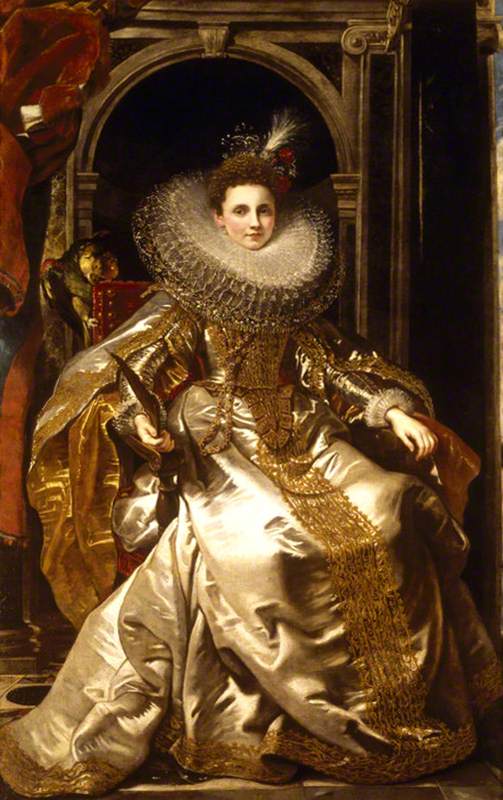
Between 1605 and 1606 the Flemish artist Peter Paul Rubens worked in Genoa painting portraits of the city's aristocracy. This portrait, from the collection at Kingston Lacy, Dorset, is among the most beautiful from this period.
The sitter wears an opulent silk gown overlaid with gold embroidered lace and large golden oversleeves. A white and silver lace ruff encircles her head and her hair is dressed high with flowers, sprays of jewels and a white egret feather. These lavishly painted fabrics and textures display the brilliant treatment of surface and colour for which Rubens was so celebrated.
5. Sir Edward Herbert, Later 1st Lord Herbert of Cherbury (1581/1582–1648)
Sir Edward Herbert, Later 1st Lord Herbert of Cherbury (1581/1582–1648)
c.1613–1614
Isaac Oliver (c.1556–1565–1617) 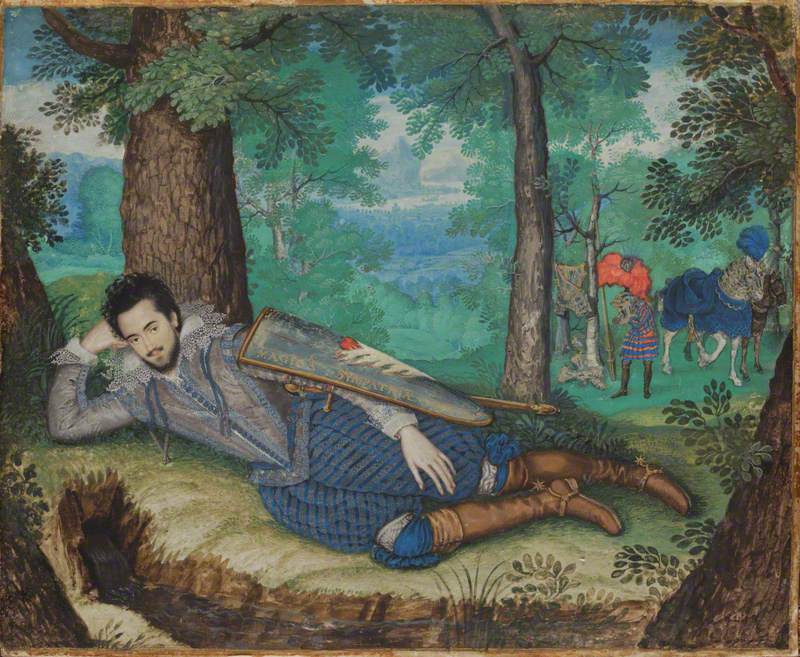
The dashing Sir Edward Herbert was as famous for his courtly accomplishments as he was for his courage in battle when he sat for this elaborate cabinet miniature, now in the collection at Powis Castle, Powys. With its unusual iconography and verdant landscape setting, this full-length miniature is flamboyantly and exquisitely rendered by Isaac Oliver.
The French-born Oliver brought personality and life to his portraits, ultimately surpassing the work of his master, Nicholas Hilliard, who was goldsmith and miniaturist to Elizabeth I and James I.
6. Self Portrait, Wearing a White Feathered Bonnet
Self Portrait, Wearing a White Feathered Bonnet
1635
Rembrandt van Rijn (1606–1669) (and studio possibly) 
This self-portrait by Rembrandt van Rijn, from the collection at Buckland Abbey, Devon, was painted when the artist was running a successful studio and enjoying a period of wealth and professional acclaim. His costume is a reflection of this prosperity: he wears a sumptuously embroidered velvet cloak and a jewelled beret with elegant golden and white plumes.
This portrait was added to Rembrandt's autograph paintings in 2014 following intensive technical analysis.
7. View of Dordrecht (from the Maas)
Light is the dominant element in Aelbert Cuyp's oeuvre, and this picture, from the collection at Ascott, Buckinghamshire, is undoubtedly the most spectacular manifestation of this talent in Dutch painting of the Golden Age.
The unusual format of this painting – it is nearly two metres wide – is exceptional for Cuyp and one would assume that it was made to
8. Self Portrait of the Artist Hesitating between the Arts of Music and Painting
Self Portrait of the Artist Hesitating between the Arts of Music and Painting
1794
Angelica Kauffmann (1741–1807) 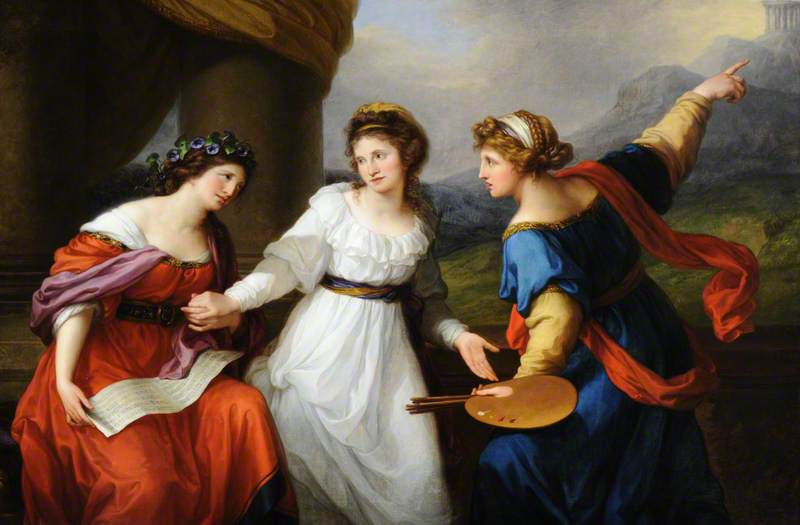
This Angelica Kauffmann self-portrait, from the collection at Nostell, West Yorkshire, presents the artist as a kind of female Hercules, choosing not between Virtue and Vice, but between the discipline of painting (traditionally a male-dominated field) and the discipline of music (seen as a feminine convention).
Kauffmann was born in Switzerland but settled in London in 1766. She was one of the most prominent artists in eighteenth-century England and, with Mary Moser, was one of only two founding female members of the Royal Academy.
9. 'Hambletonian', Rubbing Down
This painting from the collection at Mount Stewart, County Down, shows the celebrated racehorse 'Hambletonian' being rubbed down after his great victory at Newmarket on 25th March 1799. A masterpiece of animal portraiture, this pictures combines anatomical precision with painterly expression.
It was painted by the renowned animal painter George Stubbs and commissioned by the horse's owner, Sir Henry Vane-Tempest.
10. Love Among the Ruins
Two lovers in blue robes are seated together on a stone capital; at their feet is part of a broken column overgrown with a briar rose. This is among the finest of Edward Burne-Jones's late works, painted in 1894, four years before his death. It is based on an earlier watercolour of 1870–1873, but the muted colour, coupled with the wistful depiction of the ephemerality of love and youth, are typical of the older Burne-Jones.
This much-loved painting is on view at Wightwick Manor, West Midlands.
11. The cycle of paintings at Sandham Memorial Chapel
This is one of 19 paintings by Sir Stanley Spencer commissioned for Sandham Memorial Chapel, Hampshire, an extraordinary cycle of paintings that are regarded as the artist's masterpiece. The painted vignettes recall Spencer's service as a medical orderly and later as a soldier on the Macedonian Front during the First World War.
Here, an officer is shown holding a map of Macedonia, while soldiers in the background are shown feasting on bilberries. The rendering of landscape and greenery typifies Spencer’s skill at painting landscape and still-life.
12. Capriccio of a Mediterranean seaport
Rex Whistler's great mural in the Dining Room at Plas Newydd, Anglesey, painted between 1936 and 1938, depicts the dramatic landscape of Snowdonia in a vast '
On completion, this mural was his most ambitious interior to date. At the other end of the mural, Whistler included a young man sweeping up rose petals. This is a
All of the pictures in this article are usually on display, but if you're planning a visit to see a specific work of art, it's always worth checking with the relevant place first.
David Taylor, Curator of Pictures and Sculpture, National Trust
This story first appeared in a longer form on the National Trust website
